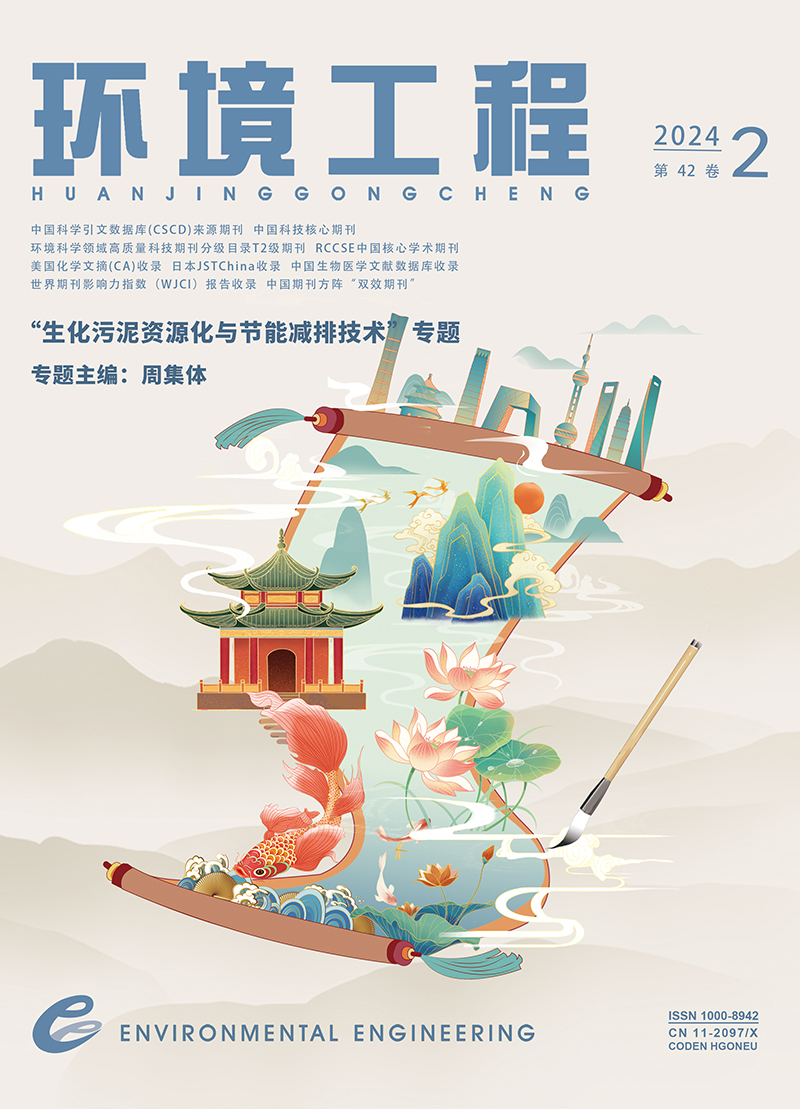| [1] |
IPCC.Climate change 2022:mitigation of climate change[M/OL].https://www.ipcc.ch/report/ar6/wg3.2022-10-31.
|
| [2] |
张强,韩永翔,宋连春.全球气候变化及其影响因素研究进展综述[J].地球科学进展,2005(9):990-998.
|
| [3] |
MEINRENKEN C J,CHEN D,ESPARZA R A,et al.The Carbon Catalogue,carbon footprints of 866 commercial products from 8 industry sectors and 5 continents[J].Scientific Data,2022,9(1):87.
|
| [4] |
TIAN P,LU H,HEIJUNGS R,et al.Patterns of carbon footprints of main grains production in China:a comparison between main and non-main producing areas[J].Environmental Science and Pollution Research International,2022,29(16):23595-23606.
|
| [5] |
JIANG R,WU C K,SONG Y Z,et al.Estimating carbon emissions from road use,maintenance and rehabilitation through a hybrid life cycle assessment approach:a case study[J].Journal of Cleaner Production,2020,277:123276.
|
| [6] |
计军平,马晓明.碳足迹的概念和核算方法研究进展[J].生态经济,2011(4):76-80.
|
| [7] |
LI Z,ZHANG L Y,WANG W J,et al.Assessment of carbon emission and carbon sink capacity of China's marine fishery under carbon neutrality target[J].Journal of Marine Science and Engineering,2022,10(9):1179.
|
| [8] |
GAO P,YUE S J,CHEN H T.Carbon emission efficiency of China's industry sectors:from the perspective of embodied carbon emissions[J].Journal of Cleaner Production,2021,283:124655.
|
| [9] |
黄跃群,刘耀儒,许文彬,等.水利水电工程全生命周期碳排放研究:以犬木塘工程为例[J].清华大学学报(自然科学版),2022,62(8):1366-1373.
|
| [10] |
杜海龙.金沙江大型水电站碳足迹的生命周期分析研究[D].重庆:中国科学院大学(中国科学院重庆绿色智能技术研究院),2017.
|
| [11] |
CHU Y W,PAN Y L,ZHAN H Y,et al.Systems accounting for carbon emissions by hydropower plant[J].Sustainability,2022,14(11):6939.
|
| [12] |
赵允亮.基于生命周期评价的引水工程碳排放模型研究[J].东北水利水电,2017,35(2):50-52.
|
| [13] |
魏琦,白保华,何继江,等.能源与水利结合模式探索:以南水北调西线光伏天河工程为例[J].工程科学与技术,2022,54(1):16-22.
|
| [14] |
ZHANG Q F,KARNEY B,MACLEAN H L,et al.Life-cycle inventory of energy use and greenhouse gas emissions for two hydropower projects in China[J].Journal of Infrastructure Systems,2007,13(4):271-279.
|
| [15] |
SONG C H,GARDNER K H,KLEIN S J W,et al.Cradle-to-grave greenhouse gas emissions from dams in the United States of America[J].Renewable & Sustainable Energy Reviews,2018,90:945-956.
|
| [16] |
FIROUZABADI A G,SEYEDAN S M,JOVZI M,et al.Study on the efficiency and energy consumption of electric and diesel pumping stations[J].Proceedings of the Institution of Civil Engineers-Energy,2022:1-10.
|
| [17] |
王微,林剑艺,崔胜辉,等.碳足迹分析方法研究综述[J].环境科学与技术,2010,33(7):71-78.
|
| [18] |
王长波,张力小,庞明月.生命周期评价方法研究综述:兼论混合生命周期评价的发展与应用[J].自然资源学报,2015,30(7):1232-1242.
|
| [19] |
冯卫民.水泵及水泵站[M].北京:中国水利水电出版社,2016.
|
| [20] |
李琪,许建中,李端明,等.中国灌溉排水泵站的发展与展望[J].中国农村水利水电,2015 (12):6-10.
|
| [21] |
蒋晓红.大型灌区续建配套与节水改造规划设计相关技术与方法研究[D].扬州:扬州大学,2009.
|
| [22] |
ZHANG Y,GE M,ZHANG Q,et al.What did irrigation modernization in China bring to the evolution of water-energy-greenhouse gas emissions?[J].Agricultural Water Management,2023,282:108283.
|
| [23] |
水利部水利水电规划设计总院.水利建设项目经济评价规范:SL72—2013[S].北京:中国水利水电出版社,2013.
|
| [24] |
蔡向荣,王敏权,傅柏权.住宅建筑的碳排放量分析与节能减排措施[J].防灾减灾工程学报,2010,30(增刊1):428-431.
|
| [25] |
住房和城乡建设部.建筑碳排放计算标准:GB/T 51366—2019[S].北京:中国建筑工业出版社,2019.
|
| [26] |
马燕宾,蔡亮,王洁月.生命周期内混合动力燃气热泵碳排放研究[J].制冷学报,2013,34(6):52-58.
|
| [27] |
YANG J,OLSSON A,YAN J,et al.A hybrid life-cycle assessment of CO2 emissions of a PV water pumping system in China[J].Energy Procedia,2014,61(C):2871-2875.
|
| [28] |
赵荣钦,秦明周.中国沿海地区农田生态系统部分碳源/汇时空差异[J].生态与农村环境学报,2007 (2):1-6,11.
|
| [29] |
FOLLETT R F.Soil management concepts and carbon sequestration in cropland soils[J].Soil and Tillage Research,2001,61(1/2):77-92.
|


 Login
Login Register
Register E-alert
E-alert






 DownLoad:
DownLoad: